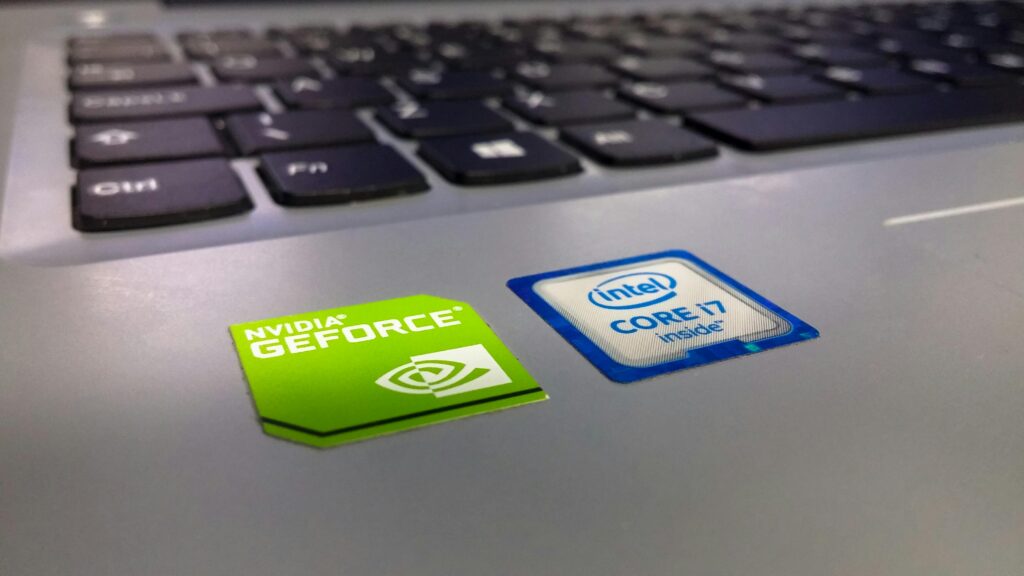Pat Gelsinger, Intel’s CEO, has announced his resignation, stepping down after less than four years in the role. His departure underscores the mounting challenges faced by the once-dominant chipmaking giant, which is grappling with financial struggles and intensifying competition. Along with resigning as CEO, Gelsinger will vacate his position on the company’s board.
Two senior executives, David Zinsner and Michelle Johnston Holthaus, will serve as interim co-CEOs while Intel conducts a search for a permanent replacement. This leadership transition comes at a pivotal time for Intel, as it strives to navigate industry shifts and regain its competitive edge.
Eroding Market Leadership
Intel’s troubles have been exacerbated by the rise of competitors like Nvidia, which has overtaken Intel in key areas of the semiconductor market. Nvidia’s dominance in chips for artificial intelligence applications has positioned it as a market leader, culminating in its recent addition to the Dow Jones Industrial Average—replacing Intel. This change highlights the growing perception of Nvidia as the industry’s new leader.
Gelsinger returned to Intel in 2021 with the aim of revitalizing the company he first joined in 1979. As Intel’s first chief technology officer, he played a significant role in shaping its early technological advancements. His return was seen as an effort to restore the company’s reputation and technological prowess.
Financial Struggles and Strategic Adjustments
Intel’s recent financial performance reflects its ongoing challenges. The company reported a $16.6 billion (€15.7 billion) loss in its latest quarter. In response, Gelsinger announced a cost-cutting plan in August that included reducing Intel’s workforce by 15%—approximately 15,000 jobs—aimed at saving $10 billion (€9.5 billion) by 2025.
In addition to internal restructuring, Intel faces shifts in government funding. The Biden administration recently scaled back Intel’s $8.5 billion (€8 billion) federal grant for chip manufacturing plants. This adjustment coincides with Intel receiving $3 billion (€2.87 billion) for supplying military-grade chips. Government sources clarified that the funding changes are unrelated to Intel’s financial performance.
Leadership in Transition
Frank Yeary, Intel’s independent board chair, will step in as interim executive chair during this period. Yeary acknowledged Gelsinger’s efforts, stating, “Pat spent his formative years at Intel and returned at a critical time in 2021. He helped launch and revitalize process manufacturing while driving innovation across the company.”
Meanwhile, the two interim co-CEOs bring significant experience to the table. David Zinsner serves as executive vice president and chief financial officer, while Michelle Johnston Holthaus oversees Intel Products, including the client computing, data center, AI, and network groups.
A Critical Juncture for Intel
Intel’s stock saw a modest uptick, rising 2.6% in morning trading following Gelsinger’s resignation. However, the company’s shares have dropped 42% over the past year, underscoring the urgency of addressing its challenges.
Gelsinger’s departure marks a critical moment for Intel as it works to recover from financial losses, restructure operations, and fend off aggressive competition. The search for a new leader will be vital to the company’s efforts to reestablish itself as a leading force in the semiconductor industry.


